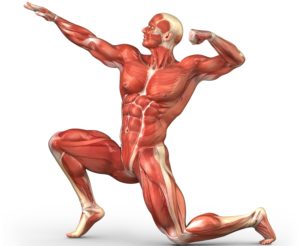 We can’t stop the clock from ticking. Chronological aging starts at birth. However, there’s also biological aging, and evidence suggests that the aging of your cells can, in fact, be slowed and in some cases reversed. This is particularly true of muscle tissue, which can be redeveloped or regenerated in your 70s or 80s with the appropriate exercise and nutrition.
We can’t stop the clock from ticking. Chronological aging starts at birth. However, there’s also biological aging, and evidence suggests that the aging of your cells can, in fact, be slowed and in some cases reversed. This is particularly true of muscle tissue, which can be redeveloped or regenerated in your 70s or 80s with the appropriate exercise and nutrition.
It may come as a surprise that muscle aging may start when you reach your 20s and 30s if you’ve neglected to take proactive steps to prevent it. Your muscles help keep your metabolic system intact. By maintaining this muscle mass you’ll help protect yourself against obesity, diabetes and cardiovascular disease while keeping your metabolism and hormone levels functioning at higher profiles.
As recently noted by Dr. Murtaza Ahmed, a pulmologist and seep disorder specialist, we should be attempting to slow or reduce the tendency for sarcopenia, or age-related muscle loss to set in over time.
Dr Ahmed says, we only require thirty percent of our strength to carry out all the important tasks of everyday living such as getting up from a chair or climbing a flight of stairs so as our maximum strength decreases by about five percent every few years, we remain oblivious as long as we can carry out our activities of daily living with ease.
The trouble comes when our maximum strength starts to decline to around fifty percent of what it was in our youth and suddenly, everything that used to feel easy becomes hard. Simple tasks such as getting in and out of a car, carrying the laundry or maintaining your balance become more difficult.
According to the American College of Sports Medicine, the American Heart Association and the US Dept of Health and Human Services, we can avoid most of this age-related loss of muscle mass by taking part in muscle-strengthening exercises which focus on all of the major muscle groups at least two days per week.





